Shanghai Songjiang Vibration Absorber Co., Ltd. official website brings you information on the “Free Testing Service” of stainless steel metal hose spectrometer. Songjiang Group provides genuine products to numerous customers. In order to ensure that the purchased materials are authentic and to provide customers with a testing report, Songjiang Group has purchased a spectrometer testing instrument worth 150,000 RMB. Below is a detailed introduction.
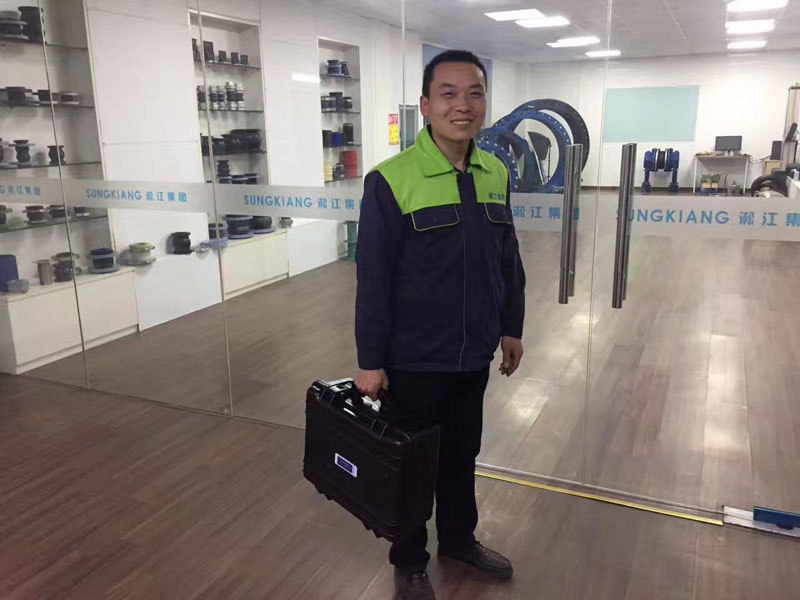
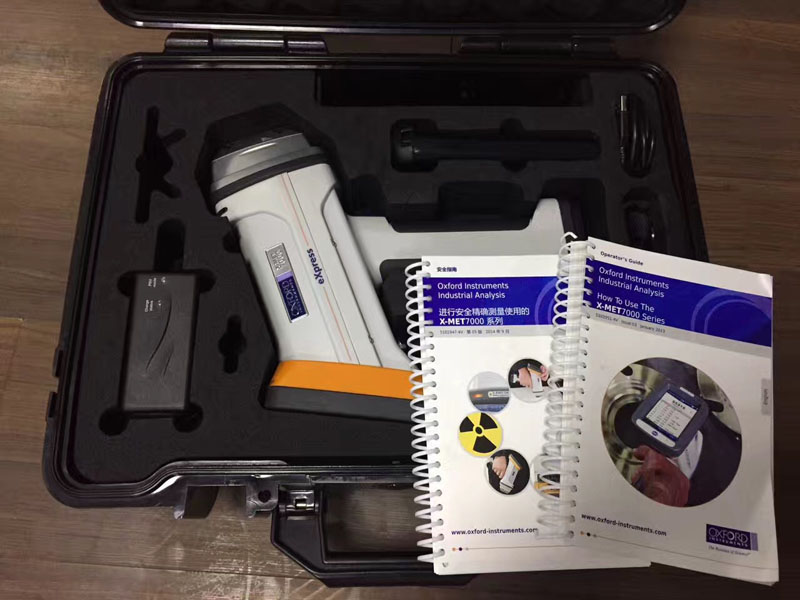
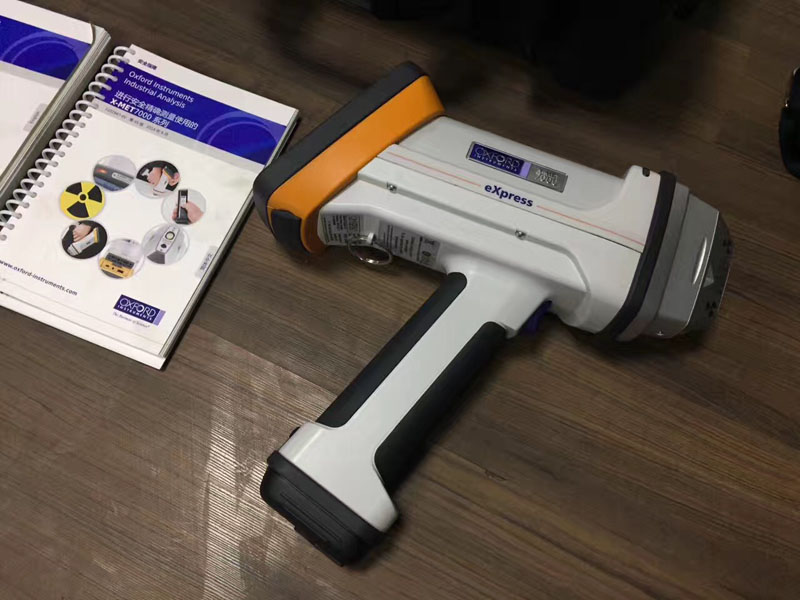

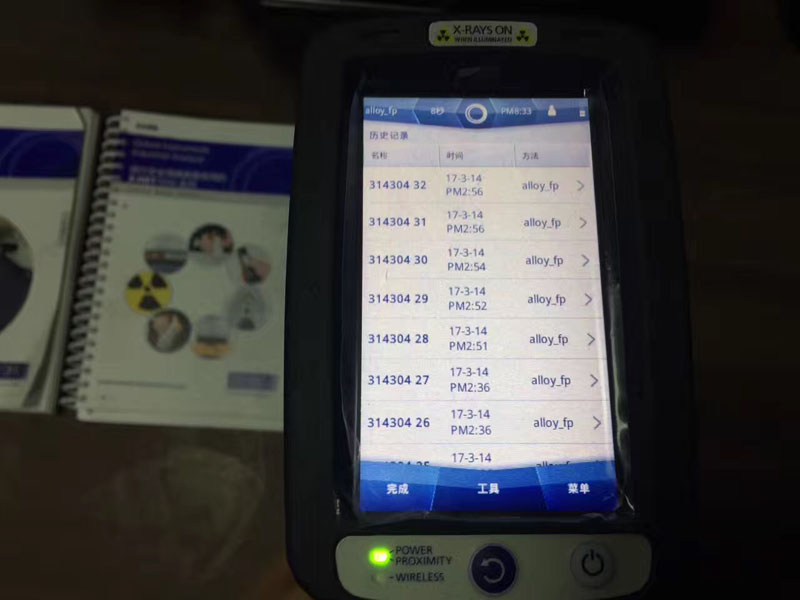
Here are Songjiang Group staff conducting on-site testing at the construction site:

All test results meet the standards:
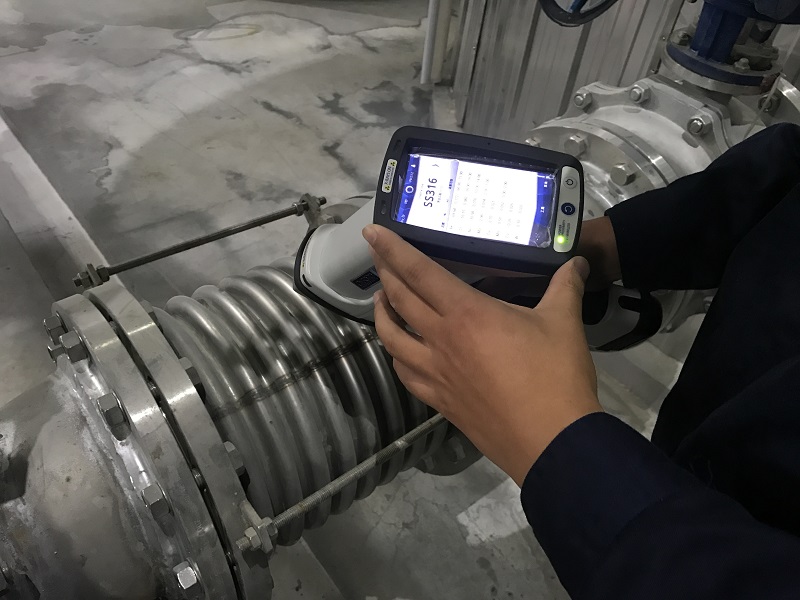
What is a spectrometer?
A spectrometer, also known as a spectroscope, is widely known as a direct-reading spectrometer. It is a device that measures the intensity of different wavelengths at different positions of the spectrum using light detectors such as photomultiplier tubes. It consists of an entrance slit, a dispersion system, an imaging system, and one or more exit slits. The radiation emitted by the radiation source is separated into the required wavelengths or wavelength regions by a dispersion element, and the intensity is measured at the selected wavelength(s) (or scanning a certain wavelength range). It is divided into monochromators and polychromators.
A spectrometer is a scientific instrument that decomposes light with complex components into spectral lines. It consists of prisms or diffraction gratings, and can measure light reflected from the surface of an object. While sunlight contains seven colors that the human eye can distinguish (visible light), if sunlight is decomposed using a spectrometer and arranged by wavelength, visible light only accounts for a small range of the spectrum. The rest are spectra that cannot be distinguished by the human eye, such as infrared, microwave, ultraviolet, X-rays, etc. By capturing light information through a spectrometer, developing photographic film, or computerizing automatic display numerical instruments for display and analysis, it is possible to determine what elements are contained in an object. This technology is widely used in the detection of air pollution, water pollution, food hygiene, metal industry, and other fields.










